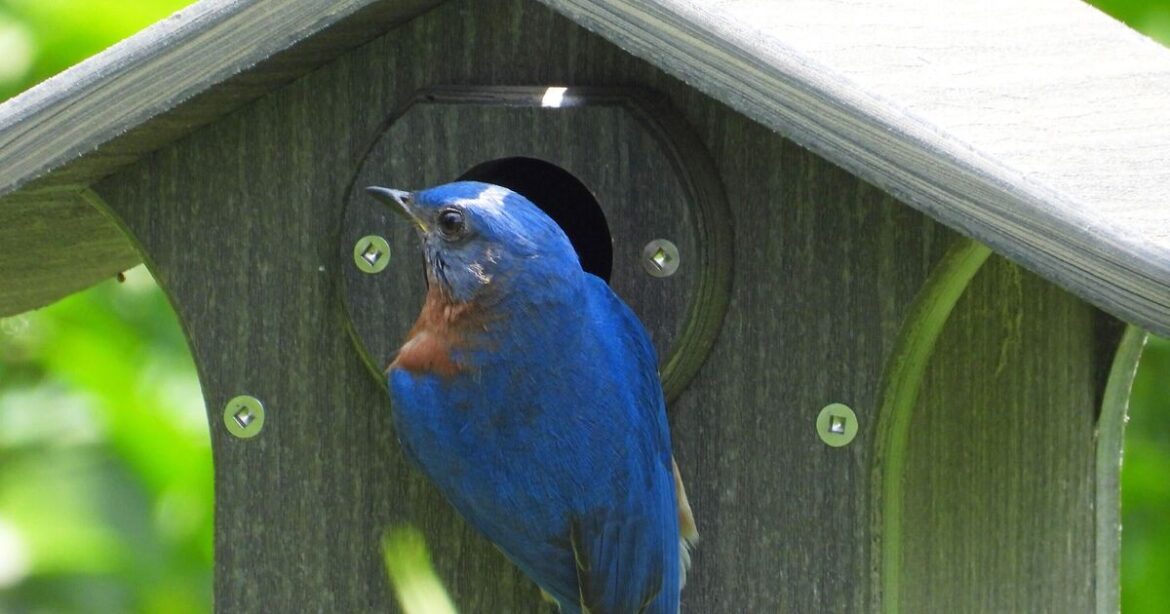Bird boxes and feeders are a common staple in many gardens across the UK, and birdwatching becomes especially prolific in spring and summer. However, an expert has issued a warning to Brits looking to set up last-minute bird boxes for the summer: Overlooking a few simple placement rules could do more harm than good.
While bird boxes are a popular and worthwhile addition to any garden, incorrect installation can lead to overheating, predator attacks, or even nesting failure. Helen Nyul, Group Head of Biodiversity at David Wilson Homes, has issued a timely reminder for homeowners looking to support birdlife this season. “Rather than simply attracting wildlife to your garden, you can go a step further and make it a home for wildlife, from birds to bugs,” she explained.
She warned that there are three key mistakes to avoid when installing bird boxes that could impact nesting success.
The first mistake is incorrect placement. “Nest boxes should ideally face north-east to south-east to avoid any strong blowing winds and excessive heat from the midday sun,” Nyul advised.
Boxes facing directly south are a major red flag, as this “can be dangerous for young birds, causing them to overheat and dehydrate”.
The second mistake is placing the box at the wrong height, with Nyul recommending fixing boxes “ideally one to three metres off the ground to protect them from any crafty cats or other predators.”
She added that, while trees are the best option, “the top of a garden fence or garden shed will also suffice as long as predators cannot easily access it.”
For larger species such as owls and kestrels, the box should be placed even higher, sometimes five metres or more.
Finally, ensuring birds can safely access the box is just as important. The expert reminds gardeners that different species require specific entrance sizes.
The entrance size can range from 25mm holes for blue tits, to 45mm for Starlings, and open fronts for robins and blackbirds.
“The bird’s flight path also needs to be taken into consideration,” Nyul noted, warning against positioning boxes near “obstacles such as washing lines, or natural tree branches and foliage,” which can obstruct entry.
While spring is often seen as peak nesting time, there’s still time to set up a box. “Many small birds can still be on the housing market lookout up till May or even June,” Nyul said, encouraging gardeners to prepare boxes properly even later in the season.

